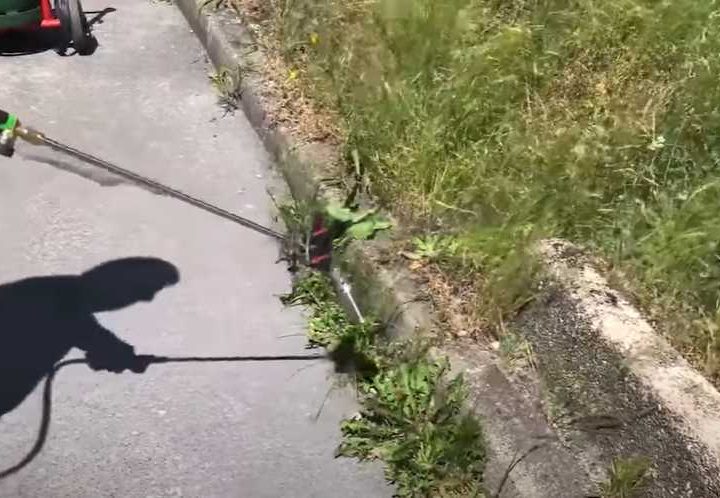
Embracing a thermal weeder is an environmentally friendly solution to weed management, eliminating the need for chemical products that can contaminate soil and water tables. This method is highly effective for both small and large areas and allows precise targeting of unwanted plants, unlike chemical treatments that can indiscriminately destroy all vegetation.
Understanding the thermal weeder
A thermal weeder works by using intense heat to kill weeds. By positioning the flame about ten centimeters from the target, it creates a thermal shock that specifically affects the intended weeds. In just seconds, the heat alters and damages the plant cells irreversibly; the plant is overheated but not necessarily burned.
The heat rapidly vaporizes the water inside the weed cells, creating internal pressure that disrupts the plant’s structure. This leads to cell tissue decomposition and the eventual death of the plant. The heat also causes the coagulation of proteins in the plant cells, hampering their photosynthetic abilities essential for survival. Typically, plants die within a week of heat exposure, similar to chemical treatments. However, the more resilient plants may require a second application.
For the user, the thermal weeder is quite convenient. With a suitably long lance, it allows you to walk and treat areas without bending over. The nozzle aids in targeting specific weeds without affecting surrounding plants. Quick application reduces the time of heat exposure, minimizing damage to nearby vegetation due to its precise action.
Choosing between gas or electric weeders
Thermal weeders come in gas or electric variants.
The electric thermal weeder
The practicality of electric thermal weeders is somewhat limited. Battery-powered models offer short autonomy due to the high energy demand for heat production. Mains-powered weeders are restricted by the length of the power cord and aren’t suitable for use in wet conditions due to the risks involved with electricity and water.
Electric models are lightweight and easy to handle but are best suited for smaller areas near a power source.
Gas Weeders
Gas weeders offer greater autonomy and a broader range of operation. For small areas, a weeder that works with a built-in gas cartridge or one worn on a belt lightens the load, offering about an hour of autonomy, suitable for a small garden.
For larger spaces, opt for a weeder connected to a gas cylinder on a wheeled cart. This provides much greater autonomy, and you only need to manage the lance without carrying the gas tank, reducing the risk of musculoskeletal disorders.
Regardless of whether you choose a gas or electric weeder, it’s important not to use it on dry or scrubby ground to prevent the risk of starting a fire.


